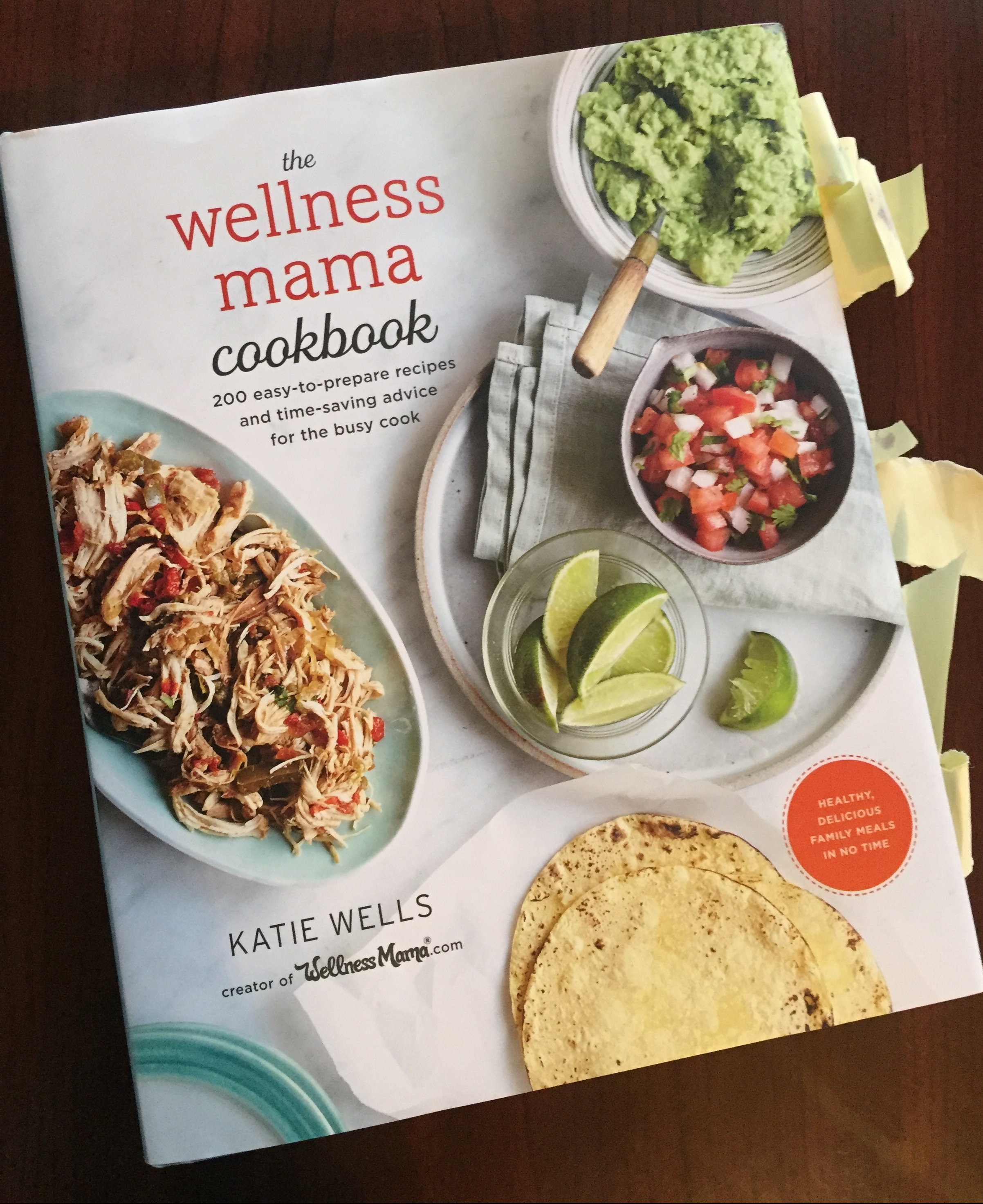
+J.M.J.+
Nourishing food and tight budgets are really hard to reconcile. I know, because I’m constantly balancing what we’re eating with our small income all of the time.
People often times want a magical solution to feed their families a beautiful, organic, locally grown diet for “cheap”. While my tips below and other ideas out there may help to afford a cleaner diet, remember that we almost always get what we pay for. (You can take a look at how little Americans spend on food compared to Europeans in this post here.)

There is no perfect magic bullet solution that slashes our grocery budgets in half while eating a super nourishing, organic, local diet. That being said, I hope the following tips are truly helpful to you in finding good deals on real food, or stretching out your groceries as much as possible to reduce extra spending. You can then use the savings for better quality, more nourishing foods.
In an ideal world I believe we would grow much of our own food and get the rest locally. Since this isn’t possible for many families, including my own, this is being written for more cash strapped people without one particular diet type (gluten free, dairy free, grain free etc.) in mind. As always, please take what works for you and leave what doesn’t.
42 Tips to Eat Real Food on a Tight Budget
1. Meal plan everything you will eat for the week and write a comprehensive list of all needed ingredients, even items you purchase weekly. Additional trips to a store during the week can easily rack up grocery expenses when tempted to buy more items instead of stretching what you have to the next week’s shopping trip.
2. Don’t rely on crackers or dry cereal for snacks for kids. They’ll just be hungry again soon, and organic varieties are costly and usually still have junk ingredients. We often do combos like carrots/bell peppers and hummus, apple slices and some raw milk cheddar, bananas and a quality nut or sunflower seed butter, a handful of olive and nuts, or some sweet potato with butter.
3. Search for a farm co-op in your area. You may be able to buy quality meat, honey, and other local goods in bulk or on sale from them. There also might be CSA memberships where you can support a local farm and get a bounty of goodness come harvest!

4. Plant whatever you can keep up with in your back yard or on a porch in basic containers. Herbs are especially easy – chives, basil, parsley, cilantro etc.
5. Learn to make properly prepared sourdough bread, bagels, pizza dough etc. Quality bread products in stores that are traditionally prepared are almost impossible to find, and usually very expensive even if you do! I learned how to make all of our bread products from properly fermented sourdough by taking the Sourdough School House course. It’s a full, comprehensive course with videos from master sourdough baker Shannon that walks you through the process step-by-step. The Sourdough 101 course teaches bread, bagels, pizza, soft pretzels, focaccia, buns and rolls, and more! Here is my affiliate link to learn more.

6. Veggie scraps can be saved in the freezer to make broth with once you get a full bag. Store bought broth is expensive and often times has caramel coloring added.
7. Organic foods usually don’t have many coupons available, but I use the Ibotta app which is free and sometimes has great cash-back rebates even on better-for-you options. They have most stores you can think of and you cash out with gift cards or Paypal once you hit $20. Click here for my sign up link – sometimes you can get a $10 or $20 bonus when you sign up and use it once!

8. Eat simpler. Save exotic or indulgent dishes with lots of different ingredients for Sunday dinner, birthdays, the Christmas season etc. Think things like soaked oats or eggs for breakfast, soup or a salad with chopped chicken and a quality dressing for lunch, and a tasty meat with lots of roasted veggies for dinner.
9. Frozen produce is usually less expensive than fresh. Frozen fruit is great to stir into yogurt or blend into smoothies. Frozen veggies roast up beautifully. Costco frozen mango is the cheapest organic fruit I’ve found for smoothies and I get frozen veggies at Trader Joes.

10. Bulk cook – if you have homemade meals in the freezer, you’re much less likely to spend money on less healthy and more expensive convenience food in a pinch.
11. Plan meals that work together for the week – If I’m getting some perishable ingredients for a dish that I don’t always use like celery, cilantro, parsley, lime etc. I make sure to have other dishes planned that will use those up.
12. Make what you can – kombucha, bread, mayo, hummus, sauerkraut, and salad dressings are things to investigate making yourself. We might not be able to do it all, but what we can make usually saves money! Try to make them a project with the kids if it helps fit it in.
13. Substitute random ingredients with ones you already have on hand if you can. I have a cole slaw recipe I love that calls for dijon mustard that I’m sure would taste great, but I’m not buying a mustard we never would use otherwise for it. I just add the teaspoon of yellow mustard we do have and move on.
14. Save produce scraps in a clear storage container in the fridge so you always use up partially eaten items before cutting into another one.

15. Eat less variety per week – we make three dinners per week plus a simple meatless one on Friday. In our house we eat the same dinner on Mon/Tues, Wed/Thurs, and Sat/Sun. This not only cuts down immensely on my time spent in the kitchen making meals from scratch, but you need less ingredients this way.
(You could also cook Mon/Tues/Wed and then have the second meal from those nights on Thurs/Sat/Sun so you can space out eating the same meals throughout the week.)
We usually eat the same thing for breakfasts and lunch for a given week as well. These repeat meals are so much simpler for me, and I feel like I can stretch ingredients, especially meat, when I’m not fixing totally different meals every single night.
16. Bulk up breakfast. A couple eggs on a plate might make me feel full for a couple hours, but if I top those eggs with diced tomatoes, some sautéed veggies, a quarter of an avocado, and salsa… I’m going to feel full for hours longer than just the eggs, or a cheap cereal on the side.

17. Shop Aldi or other discount grocers if you have access. I get so many amazing organic items at Aldi for half the price I could even at Walmart. I know the selection at Grocery Outlet has also really improved.
18. Buy a used deep freezer off of Craigslist or Facebook Marketplace for the garage. You can buy locally raised meat in bulk for much cheaper than similar quality in stores. It also allows you to stock up on sales that save money, or to have extra meals stored in for hectic days when your planned meal just won’t happen.
19. Increase your intake of vegetables, especially at lunch and dinner. Our Whole30 experience really helped me to fall in love with veggies. Quality meat is so expensive – use much smaller portions of the meat and use lots of veggies to fill up on the side.

20. Skip expensive, thinly sliced organic lunch meats that cost a fortune and opt for slicing up a whole organic roast, chicken, or turkey yourself for sandwiches. You can freeze the extra and thaw a package each week.
21.Give kids smaller portions to start. You can always give them seconds of the meal, but wasted food is truly wasted money. They’re often overwhelmed when there is too much food on their plates, anyway. Start with a bit less than you think that particular child will realistically eat and then offer seconds.
22. Drizzle cooked veggies with grass-fed butter or ghee – it takes fat to be able to absorb their nutrients more easily, and you’ll feel fuller longer.
23. Use frozen cauliflower rice – it is found in most stores now and a great way to stretch out meals.
24. Shop organic for meat and dairy if you can before worrying about organic produce. I feel that the difference between conventional or organic dairy and meat is more serious than conventional vs. organic fruits and veggies.
25. Refer to the current Dirty Dozen and Clean 15 lists for purchasing produce.
26. Shop your farmers markets in season. Some products will be more expensive there, but you can actually find even better deals on produce during peak season than Aldi or Trader Joes can give you- just make sure you ask about their spraying practices and make sure things are actually local.

27. If you’re fixing tacos or chili, use beans and/or cauliflower rice to stretch the meat out.
28. Eat more in season (except for frozen produce where prices don’t fluctuate much). Berries and watermelon in summer, squash in winter, asparagus in spring etc. Usually seasonal foods will be cheaper.
29. Bananas, apples, and mandarin oranges are usually the cheapest fruits I find and what we usually buy fresh.
30. Be flexible with specific fruits and vegetables for the week if something is deeply discounted or on sale when you get to the store.
31. Drink water – fancy LaCroix type beverages, juices, and other drinks are costly.
32. Stretch pesto with kale – steam a huge bunch of kale and use that alongside the expensive basil – it tastes amazing, is really nutritious, and lets you make a ton of pesto for a lot less money than using basil alone.
33. Roasted carrots cooled from the fridge are actually very sweet and tasty, and make a great veggie on the go for snacking.
34. If you’re a coffee drinker, Costco has the best price I’ve found on organic coffee.
35. Use a French Press for coffee – not only does it not have plastic, but it takes half the grounds to get the same strength in flavor.
36. Using the whole chicken is cheapest, but if you must buy parts thighs are cheaper than breasts and far more flavorful and moist.
37. Save bones in the freezer until you have enough to make a batch of bone broth for sipping or cooking.
38. Go to your local health food store. Even if a lot of it is out of your price range, you might find some great deals there worth stocking up your freezer or pantry with. They may have an active Facebook page where you can find out about sales. You’ll get a feel over time on what they have that you can afford and go support their business when you can and stock up!
39. In my area Costco usually has the best prices on: single-ingredient nut butters, coconut oil, 100% real maple syrup, organic and grass-fed ground beef, Siete grain-free tortilla chips, organic coffee, organic eggs (these are not pastured, for those I buy at Trader Joes), some nuts, raw fermented sauerkraut, almond flour, Simple Mills grain-free crackers, chia seeds

40. In my area Aldi usually has the best prices on: organic salad greens, organic berries, avocados, oranges, wild-caught tuna, totally clean ingredient marinara sauce in a glass bottle, organic beans, organic hot dogs (emergency dinner food for us), grass-fed butter, organic and not-from-concentrate juice we splash into smoothies, organic olive oil from California (beware ones from Italy – it can be diluted with rancid oils in the importation process!), organic shredded cheese, some organic spices, organic whole chicken.
41. Trader Joes in my area usually has the best prices on: organic non-ultrapasteurized milk (we can’t do raw right now), organic wine, sourdough bread (not the one in the sandwich bread area, this is an actual real sourdough loaf with just flour and water in a paper bag over near the dairy section), 1 ingredient coconut milk, pastured eggs, organic carrots, organic beets, frozen broccoli, frozen bell peppers, frozen brussels sprouts, organic steel cut oats, cauliflower rice, organic tomatoes, and organic sweet potatoes.
42. Whole Foods in my area usually has the best prices on: spices from their bulk spice bins, candied ginger, coconut rolled dates, rare but quality treats like paleo coconut butter cups, Unreal candies, etc., bone broth, and sometimes things like grain-free crackers or Whole30 approved dressings depending on a sale.
I hope these tips help make the most of your food budget and help you nourish your family even better than before with the income you have available.
Our Meals
If you would like some meal inspiration, I have posts with our favorite meals and where to get the recipes!
Click here for the post about breakfast.
Click here for the post about lunch.
Click here for the post about dinner.
I really like the Wellness Mama Cookbook by Katie Wells found here on Amazon. I have a whole post about eating from it for a solid week here. Her meals are grain free, and dairy free or dairy optional.

If you tolerate grains and dairy well, I’d recommend. 100 Days of Real Food on a Budget by Lisa Leake. You can find my full review of this book here.



Awesome tips, thank you! We find that buying high quality meat in bulk helps too, either at costco or when whole foods has a good sale. Then I just repackage it into smaller packages at home, or cook a huge batch and freeze meals. And asking local folks… I found out from our town’s FB group that the best place to get inexpensive, farm fresh pastured eggs is a local liquor store… the man who owns it has some land and chickens and he sells the eggs for cash only! I would -never- have thought to buy the eggs at this liquor store if I hadn’t been told, but they are fantastic and $3 / dozen.
LikeLike
Oh my, pastured eggs at the liquor store – I love it!
LikeLiked by 1 person
Thanks for this!
I’d love to see your actual full weekly menu!!
I have Baby #6 on the way, and big eaters; it’s tough to fill them up without resorting to a cheap option to top them off… Ideas?
God bless you!
LikeLike
At this point I’d just try to really use fats and protein as much as possible. That combination seems to do the most good in topping off. I know it’s hard the more mouths you have!
LikeLike
Oh, and I’m planning on doing a bunch of menus and photos of food for February, so stay tuned! ❤
LikeLike
Great tips!
The one asterisk I’d add on the CSA is that in many co-ops you’re buying a share of the outcome, not a guaranteed amount. If it’s a great year, you’ll get a lot of bang for your $. There was one year we ‘invested’ and the weather didn’t cooperate. It was a bad year for every farmer/gardener and we really only got a lot of the cheaper greens. I know that’s an extreme example, but a true one that many budgets couldn’t afford to gamble on. Farmers buy crop insurance, but in the CSA model, you get what you get generally.
LikeLike
Hi Nicole, no, that’s definitely true. Most CSA’s I see are usually advertising goods to be included beyond crops like honey, bread, eggs, etc. but you’re right, there definitely isn’t a guarantee on amounts, although I would hope they’d always be very forthcoming with new members!
LikeLike
Thanks for the shout out!
LikeLike
Great post! It IS possible to eat a healthy diet on a budget, and it’s so important for society as a whole to start making smarter eating options!
LikeLike